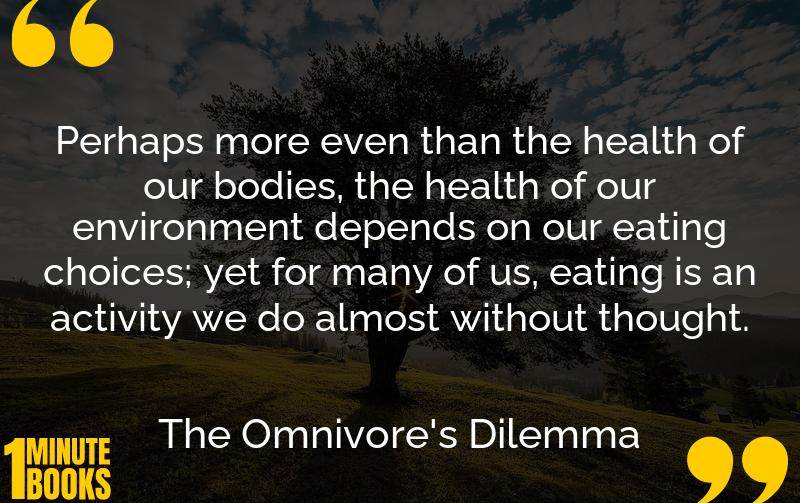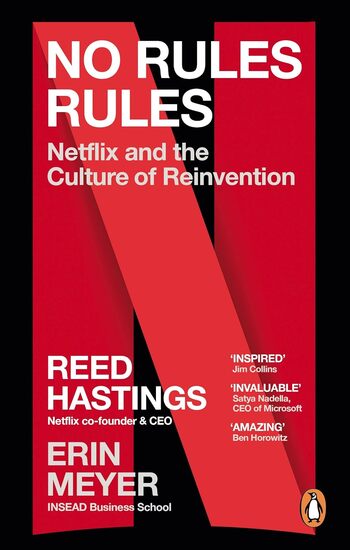
The Omnivore’s Dilemma delves into our modern food choices and their impacts on health, ethics, and the environment, exploring diverse food production methods.
Main Lessons
- Industrial agriculture offers affordability but at a high environmental and ethical cost.
- The abundance of choices in our food system amplifies the omnivore’s dilemma of knowing what to eat.
- Corn plays a central role in the American food system, heavily influencing food industry economics.
- Many processed foods contain corn derivatives, illustrating its pervasive nature.
- Concentrated Animal Feeding Operations (CAFOs) drive down meat prices but compromise animal welfare and public health.
- Overreliance on antibiotics in CAFOs can foster antibiotic-resistant superbugs, posing serious health threats.
- Organic foods contain fewer pesticides and chemical fertilizers, generally offering better taste and nutritional benefits.
- Large-scale organic farms often sacrifice original ideals for widespread demand, leading to compromises in quality.
- Management-intensive grazing and local food sourcing provide sustainable alternatives to industrialized systems.
- Buying from small local farms supports ethical practices and sustainability, as well as local economies.
- Transporting food over large distances increases fossil fuel consumption, highlighting the environmental benefits of local sourcing.
- Consumer choices significantly impact the environment and can drive demand for more ethical and sustainable food production.








